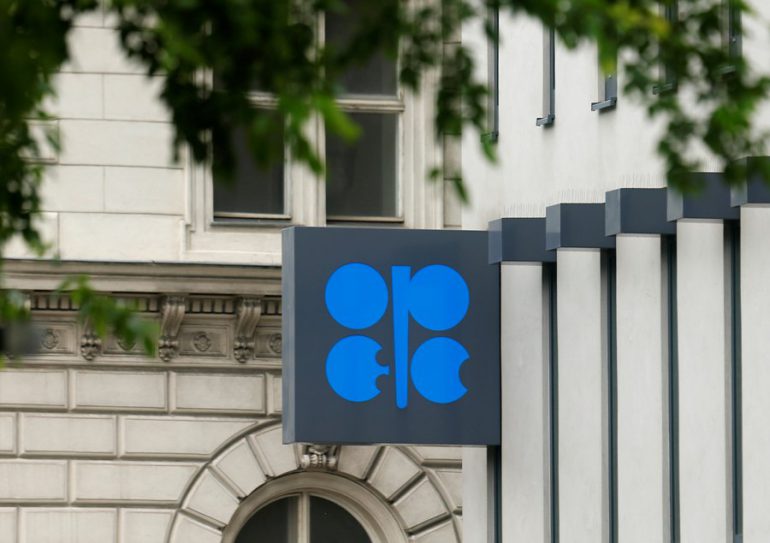OPEC told to expect limited U.S. oil output growth, for now
OPEC officials heard from industry experts that U.S. oil output growth will likely remain limited in 2021 despite rising prices, giving it more power to manage the market in the short term

OPEC officials heard from industry experts that U.S. oil output growth will likely remain limited in 2021 despite rising prices, OPEC sources said, giving it more power to manage the market in the short term before a potentially strong rise in shale output in 2022.
Officials from OPEC’s Economic Commission Board (ECB) and external presenters attended a meeting on Tuesday focused on U.S. output, the sources said. OPEC heard from more forecasters on the outlook for 2021 and 2022 at a separate meeting on Thursday.
While there was general agreement on limited U.S. supply growth this year, an industry source said for 2022 forecasts ranged from growth of 500,000 bpd to 1.3 million bpd.
“The general sentiment regarding shale was it will come back as prices go up but not super fast,” said a source at one of the companies that provided forecasts to OPEC.
U.S. shale oil output usually responds rapidly to price signals and U.S. crude has this week hit its highest since October 2018 at nearly $73 a barrel. But U.S. producers are still focusing on capital discipline and investor returns, rather than expanding supply, the ECB heard.
“Investment discipline and free cash flow for the investor,” said one OPEC+ source on condition of anonymity, summarising one of the ECB meeting’s talking points. The ECB advises OPEC ministers and does not set policy.
Two sources said a presentation made to the meeting forecast U.S. output would rise by a low rate of 200,000 barrels per day this year. A third source said this level of growth was the consensus for this year among most presentations.
The lack of a large shale rebound could make it easier for OPEC and its allies, known as OPEC+, to manage the market. OPEC+ is gradually unwinding record output curbs made last year as demand recovers, and meets to decide policy on July 1.
“It looks like the shale oil genie is going to stay in the bottle for now,” said the source at one of the companies that provided forecasts. “OPEC and Saudi Arabia have a lot of power at this time.”